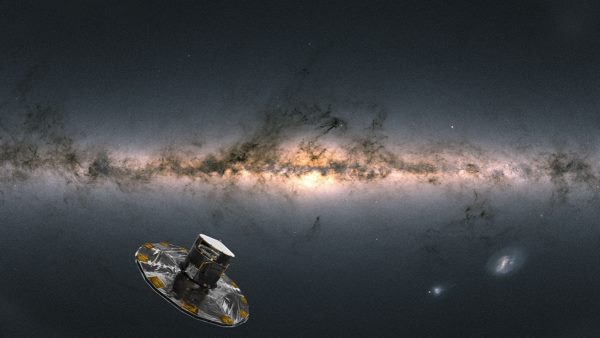The European Space Agency announced the publication of the third release of data obtained from the Gaia telescope studying the Milky Way.

Analyzing new data obtained from the space telescope, the researchers found “starshakes” on thousands of stars — tiny movements on the surface that change their shape.
Astrophysicists note that Gaia previously found radial oscillations that cause stars to periodically swell and contract, while maintaining a spherical shape. In the new observations of the telescope, scientists have discovered another activity that most resembles a large-scale tsunami. It is noted that such fluctuations change the shape of the star, and therefore they are more difficult to detect.
The space telescope has detected strong non-radial “starshakes” in thousands of stars. Such fluctuations cause the surface of the star to move during rotation. The ESA report notes that such vibrations for a number of stars contradict modern theories and require new explanations.
Non-radial oscillations cause the surface of the star to move during rotation, as shown in the animation. Dark spots are slightly cooler than bright ones, which leads to periodic changes in the brightness of the star. In the animation, the frequency of rotating and pulsating stars was increased by 8.6 million times to move them into the human-audible range.
“Starshakes tell a lot about stars, especially about their inner workings. Gaia is opening a gold mine for the “astroseismology” of massive stars,” says Connie Aerts, a researcher at the Catholic University of Leuven, a member of the Gaia collaboration.
The Gaia space telescope is designed to observe the stars of the Milky Way. The telescope was launched in 2013 and has already compiled the most comprehensive catalog of our galaxy, which includes detailed data for almost 2 billion stars and other objects.
